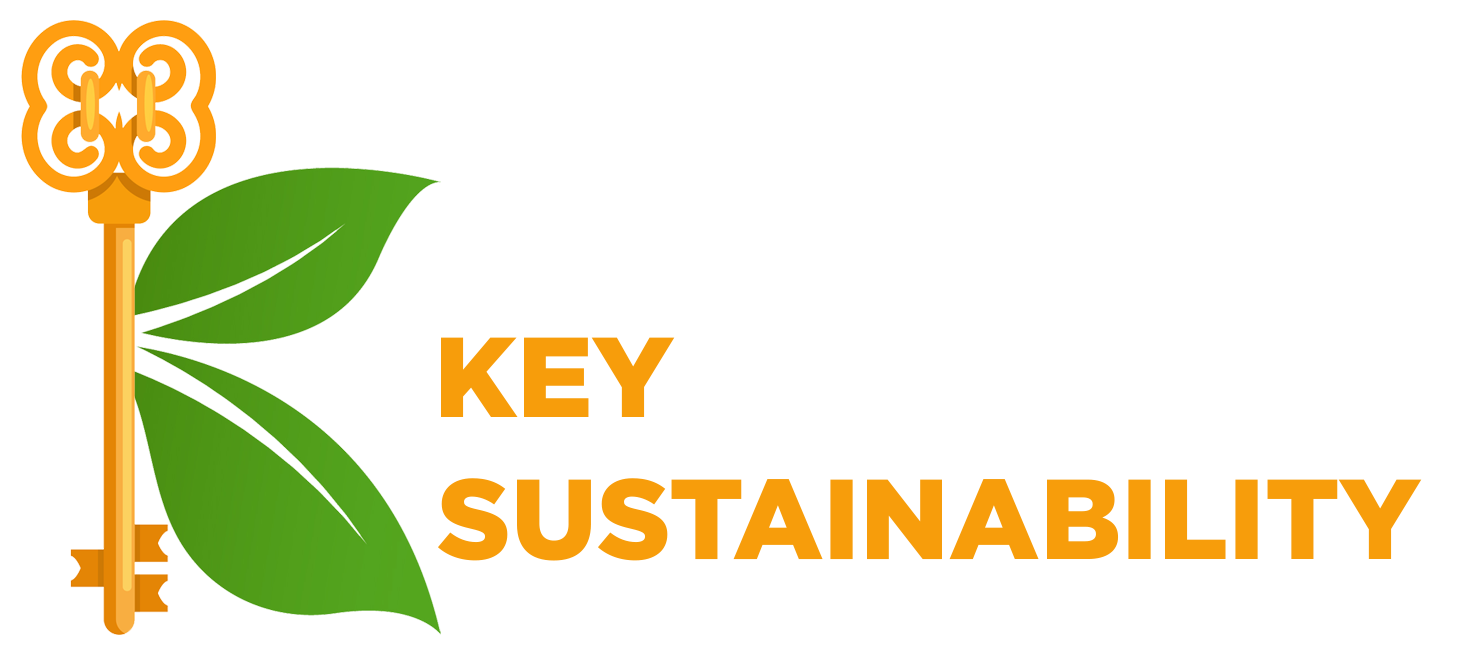News
19-Jan-2023
The Ministry of Road Transport and Highways (Morth) has published a final notification regarding the scrapping of vehicles that have completed 15 years of age. This applies to all vehicles owned by central and state governments. The government has also amended the draft notification to eliminate the possibility of re-registration of vehicles before they reach 15 years of age.
Visit to know about the MORH update.
Central Motor Vehicles (First Amendment) Rules, 2023
17-Jan-2023
Nine dangerous SVHC’s are added to the Candidate List by ECHA today. There are currently 233 SVHC’s that can be harmful to persons, or the environment. Companies are responsible for managing the risks of these chemicals and must also give their customers and consumers information to use them safely.
How to track and manage these chemicals? please do contact us on info@keysustainability.com
| # | Substance name | EC number | CAS number | Reason for inclusion | Examples of use(s) |
| 1 | 1,1′-[ethane-1,2-diylbisoxy]bis[2,4,6-tribromobenzene] | 253-692-3 | 37853-59-1 | Very persistent and very bioaccumulative (REACH Article 57 e) | While the substance itself is not registered under REACH, identification as an SVHC can be seen as a measure to avoid future regrettable substitution. |
| 2 | 2,2′,6,6′-tetrabromo-4,4′-isopropylidenediphenol | 201-236-9 | 79-94-7 | Carcinogenic (Article 57 a) | As a reactive flame retardant and as an additive flame retardant in the manufacture of polymer resins, in products such as epoxy coated circuit boards, printed circuit boards, paper and textiles. |
| 3 | 4,4′-sulphonyldiphenol | 201-250-5 | 80-09-1 | Toxic for reproduction (Article 57 c); Endocrine disrupting properties (Article 57 f – environment); Endocrine disrupting properties (Article 57 f – human health) | In the manufacture of: pulp, paper and paper products, textile, leather or fur and chemicals. |
| 4 | Barium diboron tetraoxide | 237-222-4 | 13701-59-2 | Toxic for reproduction (Article 57 c) | In paints and coatings. |
| 5 | Bis(2-ethylhexyl) tetrabromophthalate covering any of the individual isomers and/or combinations thereof | – | – | Very persistent and very bioaccumulative (Article 57 e) | As a flame retardant and as a plasticiser for flexible polyvinylchloride and for use in wire and cable insulation, film and sheeting, carpet backing, coated fabrics, wall coverings and adhesives. |
| 6 | Isobutyl 4-hydroxybenzoate | 224-208-8 | 03-02-4247 | Endocrine disrupting properties (Article 57 f – human health) | In the manufacture of substances and in the following products: coating products, fillers, putties, plasters, modelling clay and inks and toners. |
| 7 | Melamine | 203-615-4 | 108-78-1 | Equivalent level of concern having probable serious effects to human health (Article 57 f – human health); Equivalent level of concern having probable serious effects to the environment (Article 57 f – environment) | In polymers and resins, coating products, adhesives and sealants, leather treatment products, laboratory chemicals. |
| 8 | Perfluoroheptanoic acid and its salts | – | – | Toxic for reproduction (Article 57 c); Persistent, bioaccumulative and toxic (Article 57 d); Very persistent and very bioaccumulative (Article 57 e); Equivalent level of concern having probable serious effects to human health (Article 57 f – human health); Equivalent level of concern having probable serious effects to the environment (Article 57 f – environment) | While the substance itself is not registered under REACH, identification as an SVHC can be seen as a measure to avoid future regrettable substitution. |
| 9 | reaction mass of 2,2,3,3,5,5,6,6-octafluoro-4-(1,1,1,2,3,3,3-heptafluoropropan-2-yl)morpholine and 2,2,3,3,5,5,6,6-octafluoro-4-(heptafluoropropyl)morpholine | 473-390-7 | – | Very persistent and very bioaccumulative (Article 57 e) | Used in articles, by professional workers (widespread uses), in formulation or re-packing, at industrial sites and in manufacturing. |
10-Nov-2022
UKCA update – making extended to 2024:
The deadline for when businesses need to use the UKCA mark has been extended.You can continue to use the CE marking and reversed epsilon marking on the GB market until 31 December 2024.
https://www.gov.uk/guidance/using-the-ukca-marking
For more information follow us LinkedIN page : https://www.linkedin.com/company/keysustainability
17 January 2022
EU-REACH: Latest news related to new four hazardous chemicals added to the Candidate List on 17 January 2022. Now, in total 223 substances are present in Candidate List.
| #Sl | Substance name | CAS number | Reason for inclusion | Examples of use(s) |
| 1 | 6,6′-di-tert-butyl-2,2′-methylenedi-p-cresol | 119-47-1 | Toxic for reproduction | Rubbers, lubricants, adhesives, inks, fuels |
| 2 | tris(2-methoxyethoxy)vinylsilane | 1067-53-4 | Toxic for reproduction | Rubbers, plastics, sealants |
| 3 | (±)-1,7,7-trimethyl-3-[(4-methylphenyl)methylene]bicyclo[2.2.1]heptan-2-one covering any of the individual isomers and/or combinations thereof (4-MBC) | – | Endocrine disrupting properties | Cosmetics |
| 4 | S-(tricyclo(5.2.1.02,6)deca-3-en-8(or 9)-yl O-(isopropyl or isobutyl or 2-ethylhexyl) O-(isopropyl or isobutyl or 2-ethylhexyl) phosphorodithioate | 255881-94-8 | PBT (Article 57 d) | Lubricants, greases |
Under the REACH Regulation, companies have legal obligations when their substance is included either on its own, in mixtures or in articles. Article manufacturer containing a Candidate List substance above a concentration of 0.1 % (weight by weight) must give sufficient information to their customers and consumers to allow safe us.
20-May-2021
We are glad to announce that we are Authorised training and consulting partner for Australia, Canada, India, Indonesia, Thailand & Vietnam by DXC technology ( IMDS News).
Blogs
Key Sustainability Blog site will help readers to increase visibility on compliance regulations.
Feb 2022: Single-use Plastic– Read and provide your valuable feedback.

